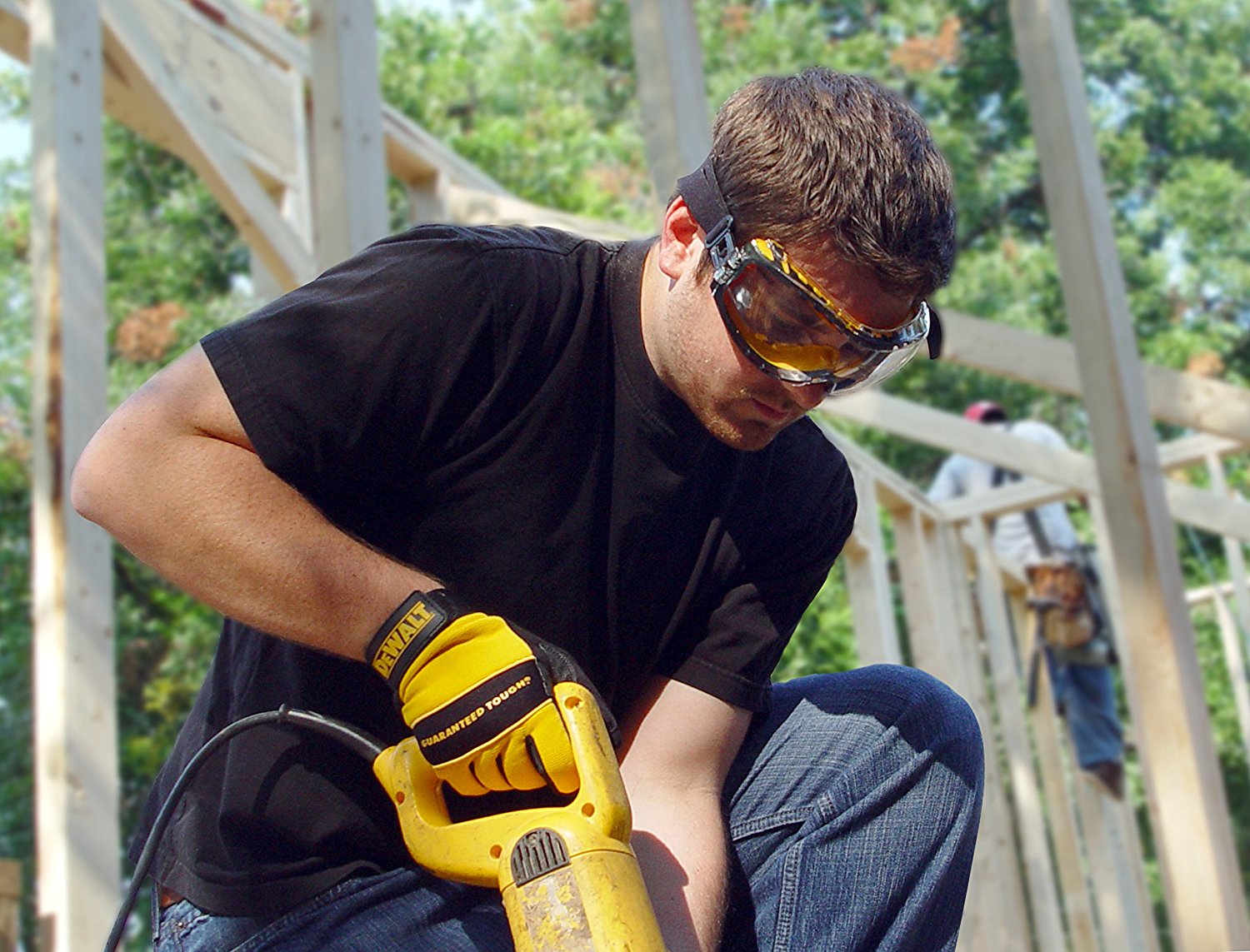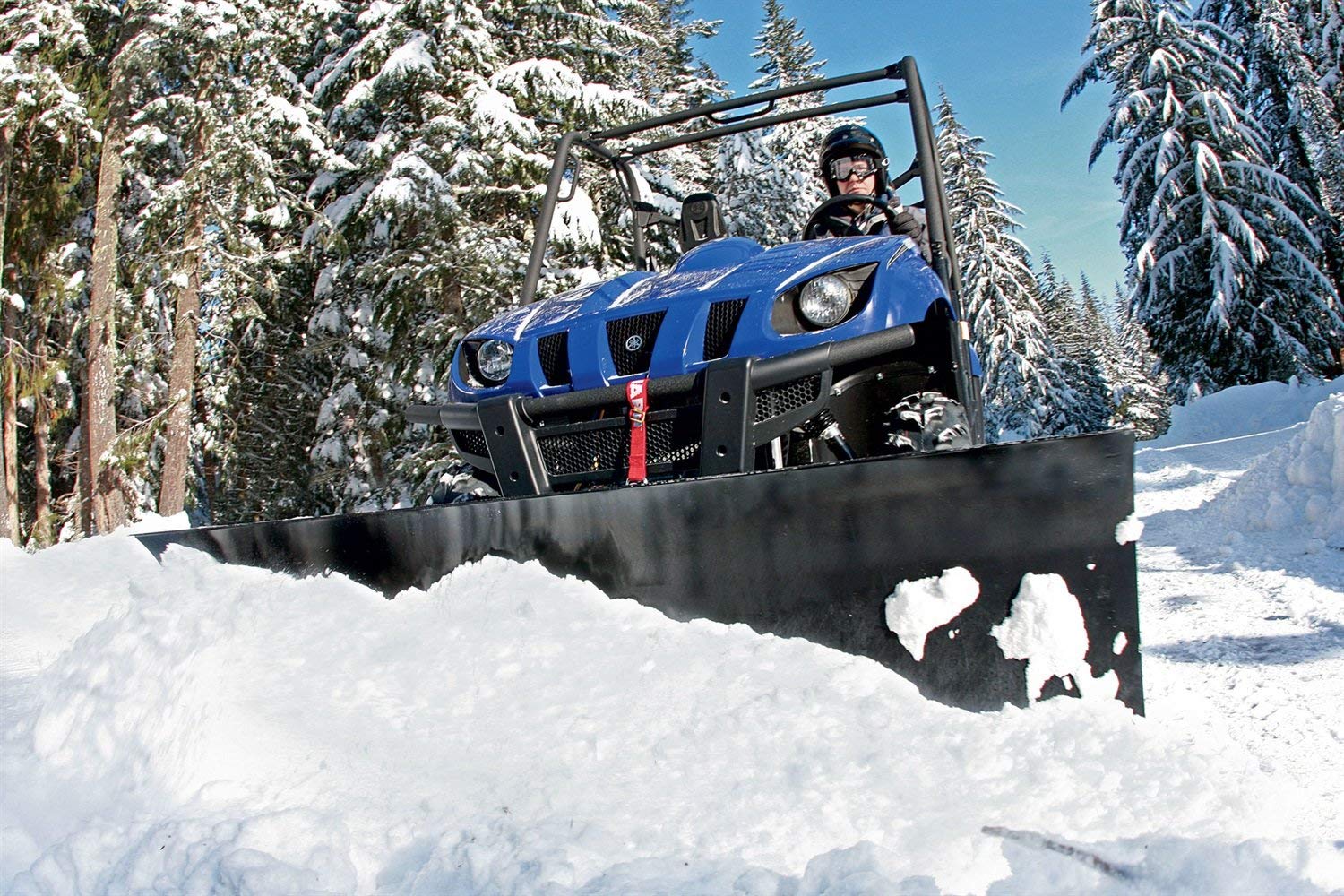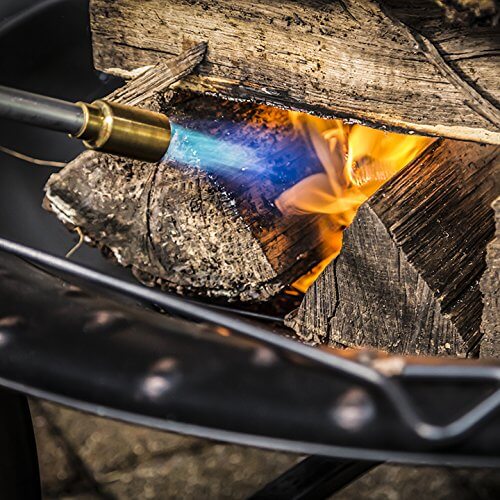- No Obligations
- Stop Paying Too Much For Your Contractor
- No Spam Calling
- Screened & ID Checked Contractors only!
Front Load VS Top Load Washer: Which One To Choose?
0
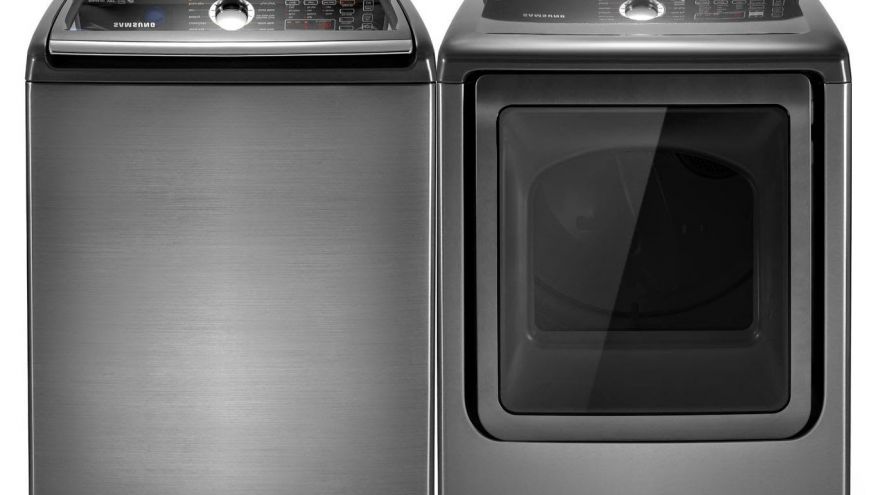 Front Load VS Top Load Washer: Which One To Choose?
earlyexperts.net
Front Load VS Top Load Washer: Which One To Choose?
earlyexperts.net
Ok, so you’re in the market for a new washing machine, and you’ve got to make a decision, top loader or front loader? For a long time, the only type of washing machine available on the US market was a top loader. In recent years the appearance of high-efficiency front loaders has increased the options available and the choice for consumers.
As the efficient front loaders appeared consumers demanded the same efficiency from top loaders, so how do they stack up against one another, and what is the right one for your home?
How They Work
Top Loader
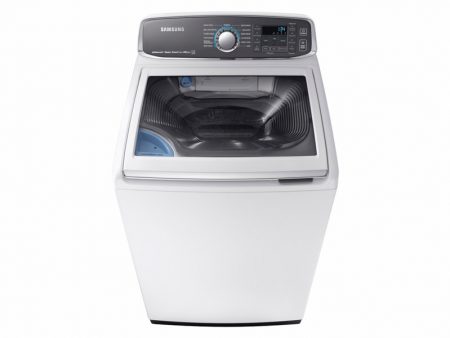
The classic top loader washing machine comes in two types, those with agitators, and high-efficiency models without. The basic model with an agitator is the type that has been around for donkey’s years. There is a large post in the center with large fins or vanes at the bottom, tapering to smaller vanes at the top.
These agitators can have single or dual action, in other words, the complete post will operate as one, or the top and bottom will act independently, so the top pushes clothes to the bottom of the washer. The newer high-efficiency models have impellers which are often cone-shaped sticking out from the drum of the washer. These impellers are much faster than the agitator, and churn the clothes inside the drum during the cleaning process. In fact, the impellers are more like the drums on front loaders. As the agitator mechanically pushes clothes around the tub of the washing machine they generally are tougher on fabrics.
Front Loader

Front loader washing machines don’t use an agitator at all. The washing drum inside the machine has vanes and raised pieces to move and tumble the laundry around. As the tub can spin both ways, the dirty clothes are moved around knocking off any dirt in the process.
Because there is no agitator in a front-loading washing machine, they are gentler on fabrics. In general terms, front loaders do have longer cycle times but are more efficient in the use of water and detergent. Whereas a top loader floats clothes in a solution of water and soap, a front loader pushes clothes through the solution at the bottom of the drum.
Use of Water
American consumers were flabbergasted when front loaders first appeared on the market, unable to comprehend how you could get clothes clean using so little water. A top loader needs to be filled with water to do its job, and that can be anything up to 25 gallons per cycle. An average front loader will use about half of that or 13 gallons of water in a similar cycle.
In general, terms, when using warm water, front loaders are more efficient than top loaders and use less detergent.
Power Use
The survey by Energy Star of the annual energy use of washing machines puts front loader well on top. The first top loader does not appear until the third page in the list. This survey measures just the power used by the machine to do the washing, as using less water, and colder water will also improve the energy efficiency.
The faster spin speeds you get with front loaders also mean that the clothes come out of the machine drier, and hence you will not need so much energy if you use a machine drier before ironing.
Capacity
There is not much difference between a top loader and a front loader when it comes to a load of washing they will do in a cycle. The standard size for a top loader is about 4.1 to 5.2 cubic feet, and for a front loader 4.2 to 4.5 cubic feet. Any of these can take loads of washing up to 20 pounds or 9kg with no trouble at all.
Filling and Emptying
Getting clothes in and out of a washing machine is always something of a struggle. People do get used to top loaders, but bending over the lip of the drum to get a stray sock from the bottom can be awkward. I guess, bending down to fill a front loader can also be difficult, although placing the laundry basket right next to the opening does away with any lifting to get clothes into the machine.
There is one thing that many front loaders do not allow you to do, which is to open them up and pop in some extra clothes mid-cycle. On top loaders, it’s often just a matter of opening the lid and throwing the item into the wash.
Space
Front-loading washing machines generally take up less space than a top loader. They can be stacked with a dryer on top and placed in a cupboard or slipped under a kitchen worktop if your home is small with little free space. Top-loading washing machines and dryers must be placed side by side, unless you buy a smaller combo machine.
Mold
Whenever you compare different types of washing machines, you have to mention the problem of mold in front loaders. When they were first introduced, many years ago, the tightly closing front door, meant that moisture could get trapped in the machine, allowing the mold to grow and give off an unpleasant odor.
Manufacturers started self-cleaning cycles, and owners have learned to keep the door open when not in use to allow the machine to be ventilated so any moisture can evaporate.
The Verdict
Top Loader Pros
More energy efficient when using cold water
Much faster cycle time
Often bigger washing load capacity
Can add clothes mid-cycle
Works better when fabric softener is added
Top Loader Cons
Uses a lot more water and detergent
Less energy efficient with warm water
Often louder than front loaders
Often create much more lint from clothes
Front Loader Pros
More efficient when using warm water
Significantly less water use
Quieter than top loaders
More efficient drying thanks to higher spin speeds
More cycle options
Space saving
Much less lint created during washing
Front Loader Cons
Longer cycle times
More expensive than top loaders
Loads can be smaller than top loaders
Unable to add clothes mid-cycle




